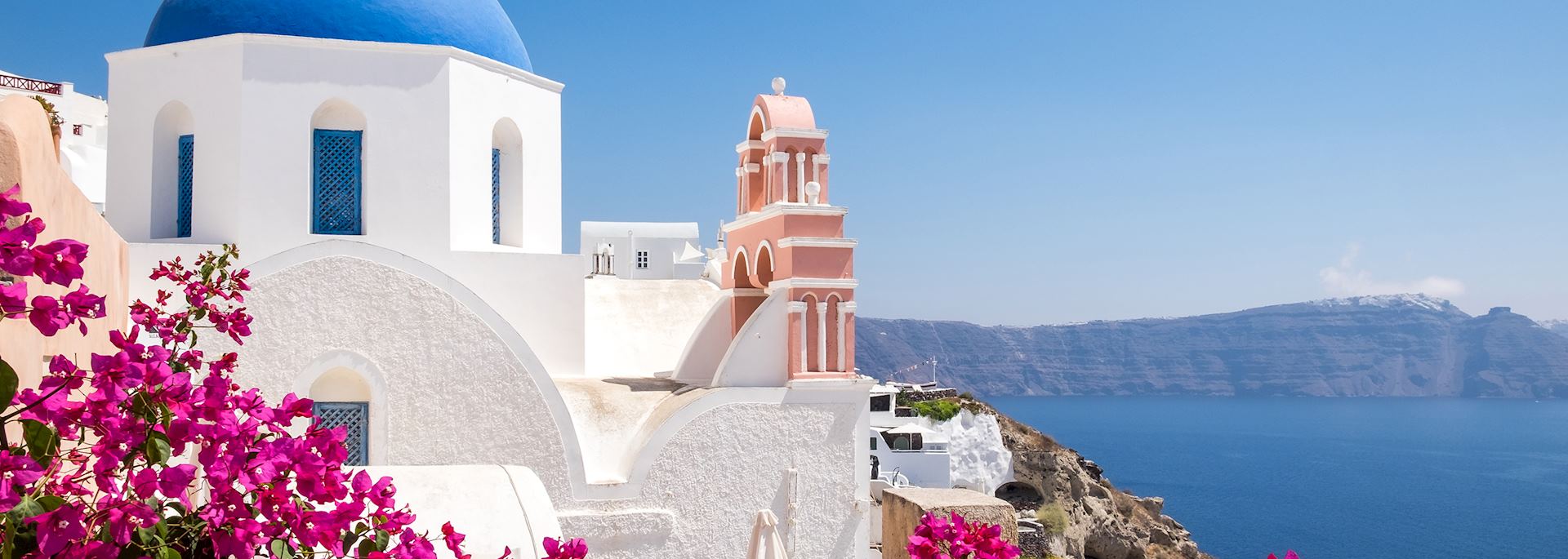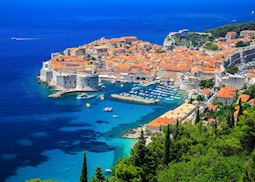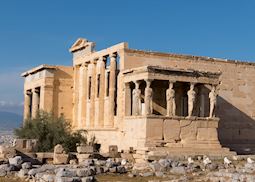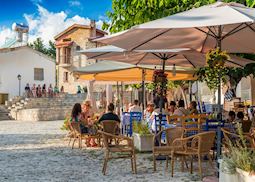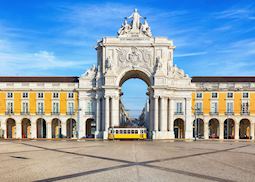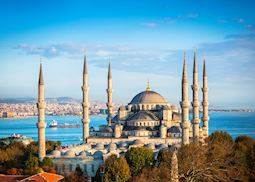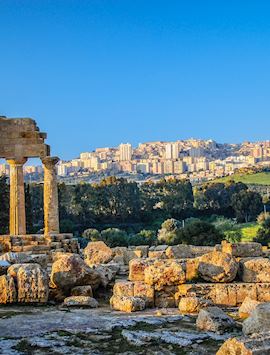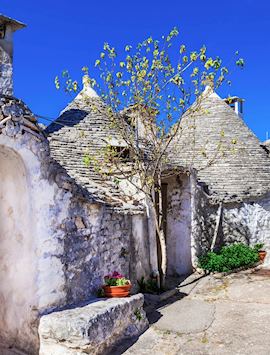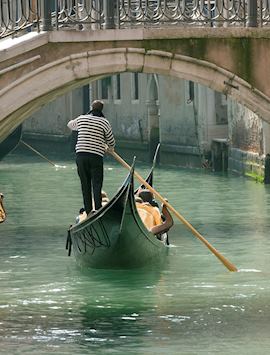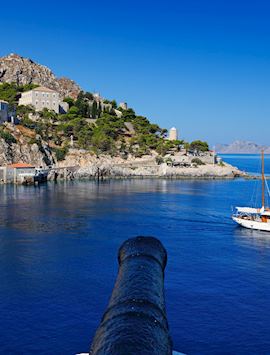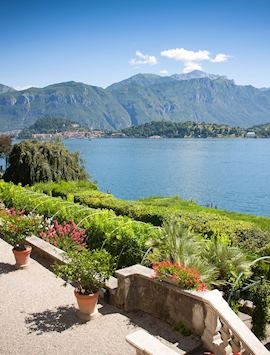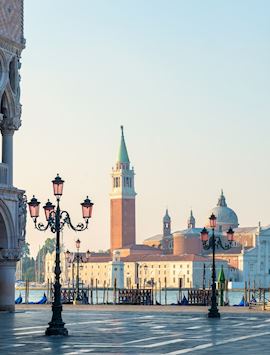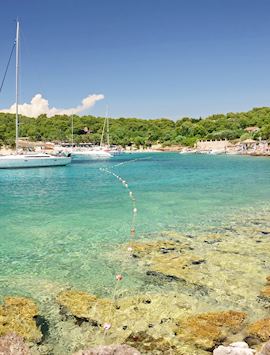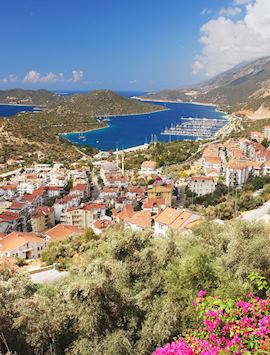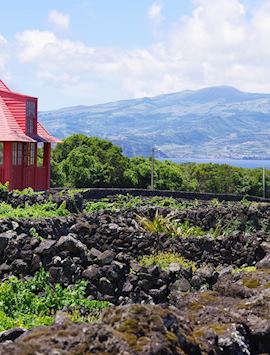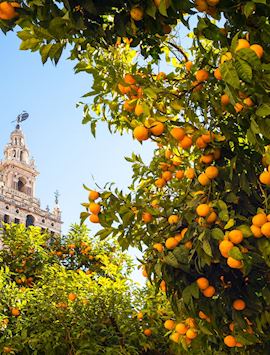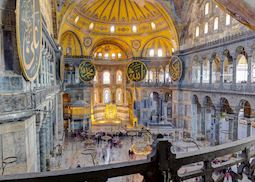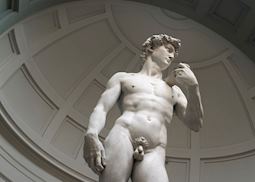
Ancient cities and modern metropolises, cutting-edge cuisine and millennia-old vineyards, cultivated countryside and windswept mountaintops… Europe packs a wealth of cultures, landscapes and experiences into its compact borders. There are so many places to visit that it can be hard to choose where to go.
Our specialists have explored the continent from the burbling volcanic mud pools of Hverir, Iceland, to the glamorous restaurants on Hvar, Croatia, and can help you narrow down where to go and what to see on your trip. They’ll work with you to create an itinerary that reflects your personal interests. You might want to visit a vineyard in the Tuscan hills, hike along the Slieve League cliffs in Ireland or discover the best place to watch the sunset in Santorini. We can help you see blockbuster cities like Lisbon and Rome from a new perspective, and point out small villages where you might be the only visitor.
who's been there
-
01993 838 92501993 838 900
- Make an enquiry
Trip ideas in Europe
These itineraries will give you a starting point for what your trip could entail. They cover routes that we've found work particularly well and feature some of our favourite places to stay. Treat them just as inspiration, as each trip is created uniquely for you and there are many more options available.
Our expert guides to exploring Europe
Capturing our specialists’ extensive travel experience in Europe, these guides share inspiration, recommendations and our honest advice for how to enjoy the best of what the region can offer in the most authentic ways. From the wealth of options we describe, you can narrow down the choices and start to shape your own trip.
-
Highlights of Iceland: volcanoes, glaciers, whales and waterfalls ![Humpback whale]()
Highlights of Iceland: volcanoes, glaciers, whales and waterfalls
Highlights of Iceland: volcanoes, glaciers, whales and waterfalls
Iceland is shaped by fire, ice and folklore. Whether you’re a summer or winter visitor, you’ll find lots to experience here, from whale watching to hiking through ice caves and even bathing in beer. Iceland specialist Katy shares her highlights.
Read this guide -
An insider’s guide to Istanbul, from the Hagia Sophia to fried-fish sandwiches ![Hagia Sophia]()
An insider’s guide to Istanbul, from the Hagia Sophia to fried-fish sandwiches
An insider’s guide to Istanbul, from the Hagia Sophia to fried-fish sandwiches
Bridging Asia and Europe, Istanbul effortlessly mingles modern commerce and ancient cultures. One-time resident Ninwa introduces you to the city she loves, from the big-name sights like the Grand Bazaar to the best place to buy fish sandwiches right off the boat.
Read this guide -
Food highlights of Italy ![Italian market produce]()
Food highlights of Italy
Food highlights of Italy
Italy specialist Caroline talks about her love of Italian food in this guide, focusing on the more renowned culinary cities and regions. She also talks about her experiences of creating pasta, catching fresh fish for dinner in Sorrento, wine tasting in Tuscany's Chianti region and where to eat like a local.
Read this guide -
Italy’s art cities: Venice, Florence and Rome ![Michelangelo's 'David', Florence]()
Italy’s art cities: Venice, Florence and Rome
Italy’s art cities: Venice, Florence and Rome
From classical Roman statues through Renaissance frescoes to modern installations, you can trace a complete history of Western art in Italy’s great cities. Specialist Kimberly talks about how to deal with the crowds as you take in these important works.
Read this guide
